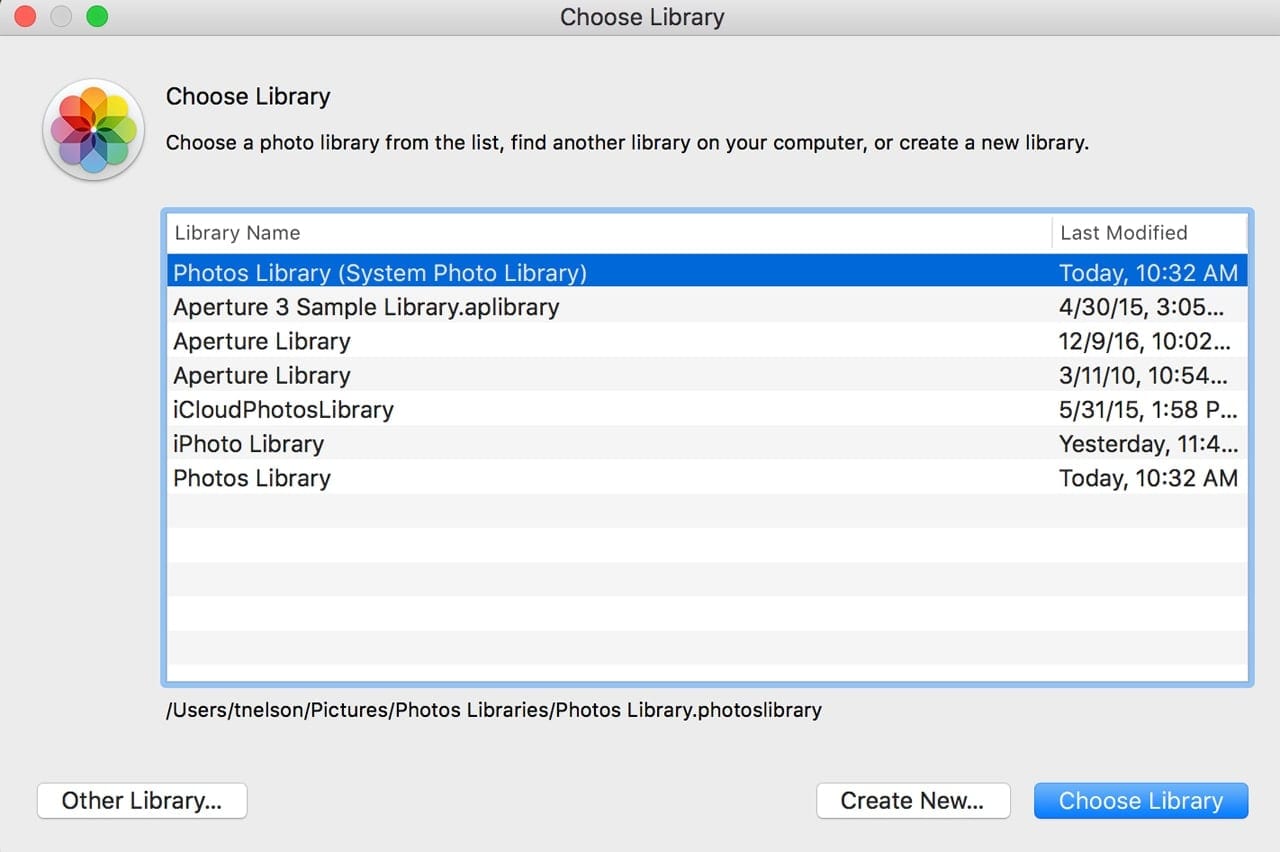Control-click the iPhoto Library. Choose “Show Package Contents” from the contextual menu. Drag (to move) or Option-drag (to copy) the Masters folder to the Desktop or to another drive. Time Machine opens and shows your available backups. Click the date of your last backup, navigate to the backup of your photo library, then click to select it. Depending on the size of your library, it may take some time for your library to be restored. When you next open Photos, you should be able to use your Photos library as.
- Copy Iphoto Library From Old To New Pc
- Copy Iphoto Library From Old To New Windows
- Copy Iphoto Library From Old To New Mac
A few months ago when OS X Yosemite was first shown to the public, Apple demonstrated its new Photos app. This app is meant to simplify photo management for all Mac users by emulating the looks and functions provided by the Photos app on both the iPhone and the iPad. This simplification comes at a cost though: when it finally releases its Photos app, it will replace iPhoto, its legendary photo management app that has been on every Mac by default for years.
This move will definitely be hard on a lot of users, especially those who, like me, got used to working with iPhoto for so many years.
Even worse: for most of us, our photo albums hold a huge number of dear memories, and as with every update, there is always the possibility of something going wrong when the time comes to migrate to the new Photos app.
With that considered, here are a couple of short guides on how to back up your iPhoto library both the simple way and the not-so-simple way.
Back Up Your iPhoto Library: The Easy Way
First, the good news (or bad depending on how you see it). In a very Apple way, in order to keep things simple and integrated on OS X, Apple consolidates your photos into a single, giant file that represents your photo library. But this file is not composed of just your photos, it also holds very important meta-data, like your events, photo stream shots and such.
To find your iPhoto library, open any Finder window and click on the Pictures folder. There you should find it.
To back it up manually and without complications, all you have to do is copy the entire file to any destination you want. It can be a USB flash drive or a portable backup disk if you want and that’s it.
Cool Tip:Copy Iphoto Library From Old To New Pc
If you want to transfer your iPhoto Library to another Mac just plug your drive to it and copy your iPhoto library backup to the target Mac’s Pictures folder. Be warned though, this will replace your existing iPhoto library. So this tip is mostly targeted at new Mac owners or for those who perform a clean install of OS X.Copy Iphoto Library From Old To New Windows


Back Up Your iPhoto Library: The Less-Easy Way

If you want more control over what to back up from your library, there’s a way to do it that requires some digging around but that is perfect for that purpose.
For this, you have to head to the same iPhoto Library file within your Pictures folder, except this time instead of copying it, right-click on it and then select the Show Package Contents option.
Then, head to the Masters folders. There you will see several folders categorizing the different years your photos belong to.
When you open each of them, you will find folders for the different events, albums and dates that contain the photos as you organized them in iPhoto. There you will be able to select exactly what you want to back up and the way that you want to back it up.
And there you have it. Now you will always be in control of your photo library and most importantly, you will have peace of mind in case things don’t go that well with the new Photos app. Enjoy!
The above article may contain affiliate links which help support Guiding Tech. However, it does not affect our editorial integrity. The content remains unbiased and authentic.
Read Next
How to Share OneNote Notebook on Desktop and Mobile
Everything you need to know about sharing notebooks and pages in
Before you begin
- If you have an Apple Watch and you got a new iPhone, unpair your Apple Watch from your previous iPhone before you set up your new device. Unpairing automatically backs up your Apple Watch so you can restore it after you pair with a new iPhone.
- Make sure that you have a backup of your device.
- Have your Apple ID and password ready.
- Transfer your SIM card. If your new device needs a different SIM card than what you have, or an eSIM, contact your carrier.
Select a method
Copy Iphoto Library From Old To New Mac
Quick Start: Use your iPhone or iPad that's already running iOS 11 or later to automatically set up a new device.


iCloud: Transfer your data and purchased content to your new device from your previous device's iCloud backup.
iTunes or Finder: Transfer your data and purchased content to your new device from a backup you made with iTunes or Finder.